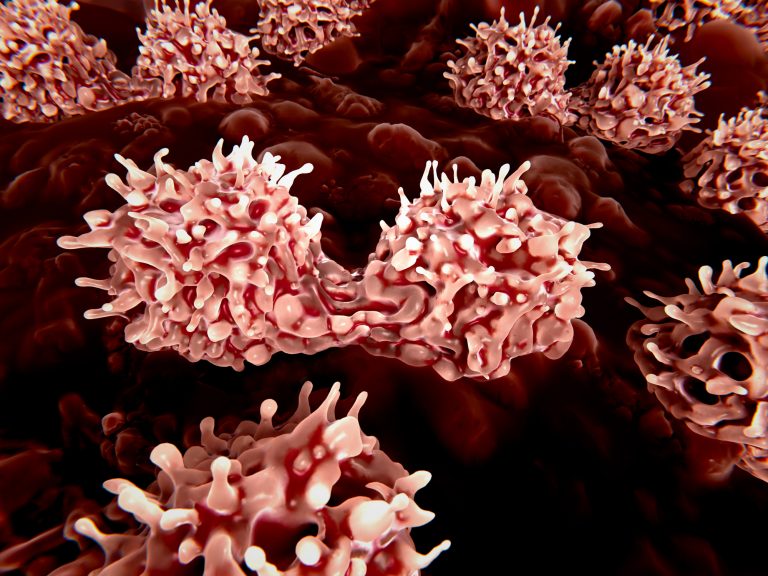
Researchers at the National Institutes of Health (NIH) have devised a four-part small-molecule cocktail that can protect pluripotent stem cells (iPSCs) from stress and maintain their normal structure and function. The researchers suggest the cocktail could enhance the therapeutic uses of these cells, for treating diseases and conditions including diabetes, Parkinson’s disease, and spinal cord injury.
In theory, iPSCs can grow forever and serve as an inexhaustible source for specialized cells. As a result, they have numerous applications in basic research, drug screening, toxicological studies, disease modeling, gene editing, and cell therapy. But stem cells are sensitive, and their potential uses are hampered by the stress of being cultured, which can damage their DNA and lead to cell death. There are more than 100 clinical trials of iPSCs currently ongoing.
“For the last 20 years, we have not been able to culture human stem cells in the most optimal conditions,” said senior author of the paper, Ilyas Singeç, M.D., Ph.D., director of the Stem Cell Translation Laboratory at NIH’s National Center for Advancing Translational Sciences (NCATS). “Our approach could improve safety and ensure that the next-generation stem cell lines are cultured at high quality before moving into the clinic.”
In a series of experiments, the scientists used high-throughput screening to systematically test thousands of compounds and drugs to identify a unique combination that greatly improved stem cell survival and reduced cell culture stress. Singeç and his co-investigators described how they developed the cocktail, called CEPT, and its potential applications in Nature Methods. https://www.nature.com/articles/s41592-021-01126-2
“The small-molecule cocktail is safeguarding cells and making stem cell use more predictable and efficient. In preventing cellular stress and DNA damage that typically occur, we’re avoiding cell death and improving the quality of surviving cells,” said Singeç. “The cocktail will become a broadly used staple of the stem cell field and boost stem cell applications in both research and the clinic.”
To improve the survival of iPSCs in culture, Singeç and his team initially tested more than 15,000 U.S. Food and Drug Administration–approved drugs and investigational small-molecule compounds from NCATS’ collections. Among the 20 drugs and compounds that could inhibit the activity of ROCK, a type of kinase enzyme that is involved in stem cell stress, they found that the compound Chroman 1 was more potent than the widely used compound Y‑27632 in improving cell survival.
To further improve cell survival, Singeç and his colleagues used NCATS’ matrix drug screening capabilities to look for potential synergies between Chroman 1 and other drugs and compounds. Matrix drug screening enables investigators to study the effects of drug combinations and determine possible mechanisms by which these drugs act. The researchers identified an investigational drug, Emricasan, that, when combined with Chroman 1, could provide additional support to improve stem cell viability.
In its initial screening work, the team tested the protective effects of drugs and compounds on 500 stem cells at a time in plate wells. To mimic the cell stress seen during single-cell cloning, the researchers then developed a new assay (test) to allow them to examine the effects of more than 7,500 compounds on only 10 cells at a time.
This testing led to the identification of a third compound, trans-ISRIB, that enhanced cell survival, even when there were few cells in each plate. Additional experiments showed that a mixture of compounds called polyamines — in combination with Chroman 1, Emricasan and trans-ISRIB — proved best for single-cell cloning.
“Cells need to be cultured properly, and they have to be of good quality to go into patients,” said NCATS Acting Director Joni Rutter, PhD. “By finding new ways to protect stem cells from damage, these results could eventually have wide-ranging implications for many different diseases, including cancer, Alzheimer’s disease and more.”













